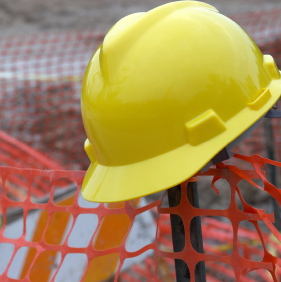Construction spending, one of the main economic indicators for future growth, rose 5.8 percent year-over-year in February, according to the U.S. Census Bureau.
At a $808.9 billion annual rate, spending was actually down somewhat from January’s revised totals, falling slightly by 1.1 percent to February. But again, the data is an increase from February 2011’s $764.2 billion, and for the first two months of 2012, construction spending is 7.4 percent above the same period in 2011 at $111.3 billion.
More specifically, construction in the private sector was at a $527.3 billion annual rate in February, a 0.8 percent decline from January. Residential construction held firm at $246.5 billion, and nonresidential construction was 1.6 percent lower at $280.8 billion.
On the public construction end, February’s annual rate of $281.6 billion was 1.7 percent lower than January, and both education and highway construction were also down by respective amounts of 2.5 and 2.6 percent.
A number of news outlets, such as this article by Business Week, quoted Derek Holt, the vice president of economics at Scotia Capital in Toronto, and his skeptical disposition on the housing market.
“There is an exaggerated sense that U.S. housing may be on the mend,” Holt said. “People lack the confidence and the means to buy and are instead renting. This is benefiting home construction firms that are focused upon this segment, but doesn’t imply consumer enthusiasm.”
Is there something to Holt’s comments? We’ve been covering the latest developments in housing pretty closely the last couple weeks, and from delinquency rates, to investment home sales, to the nature of interest rates, to the greater relationship between housing and the economy, there have been a number of positive indicators that housing is at the early stages of a slow, but sustainable, recovery.

